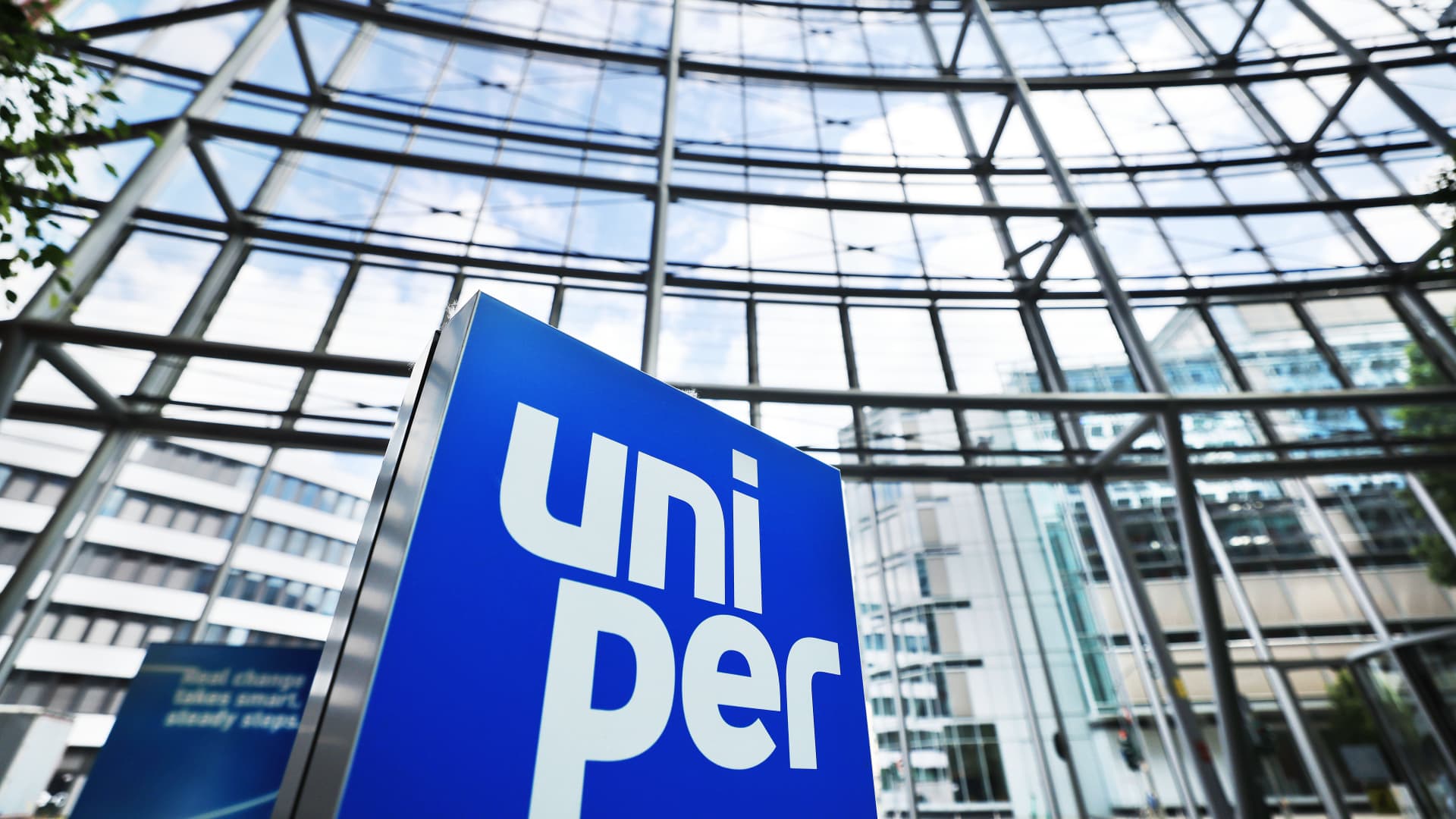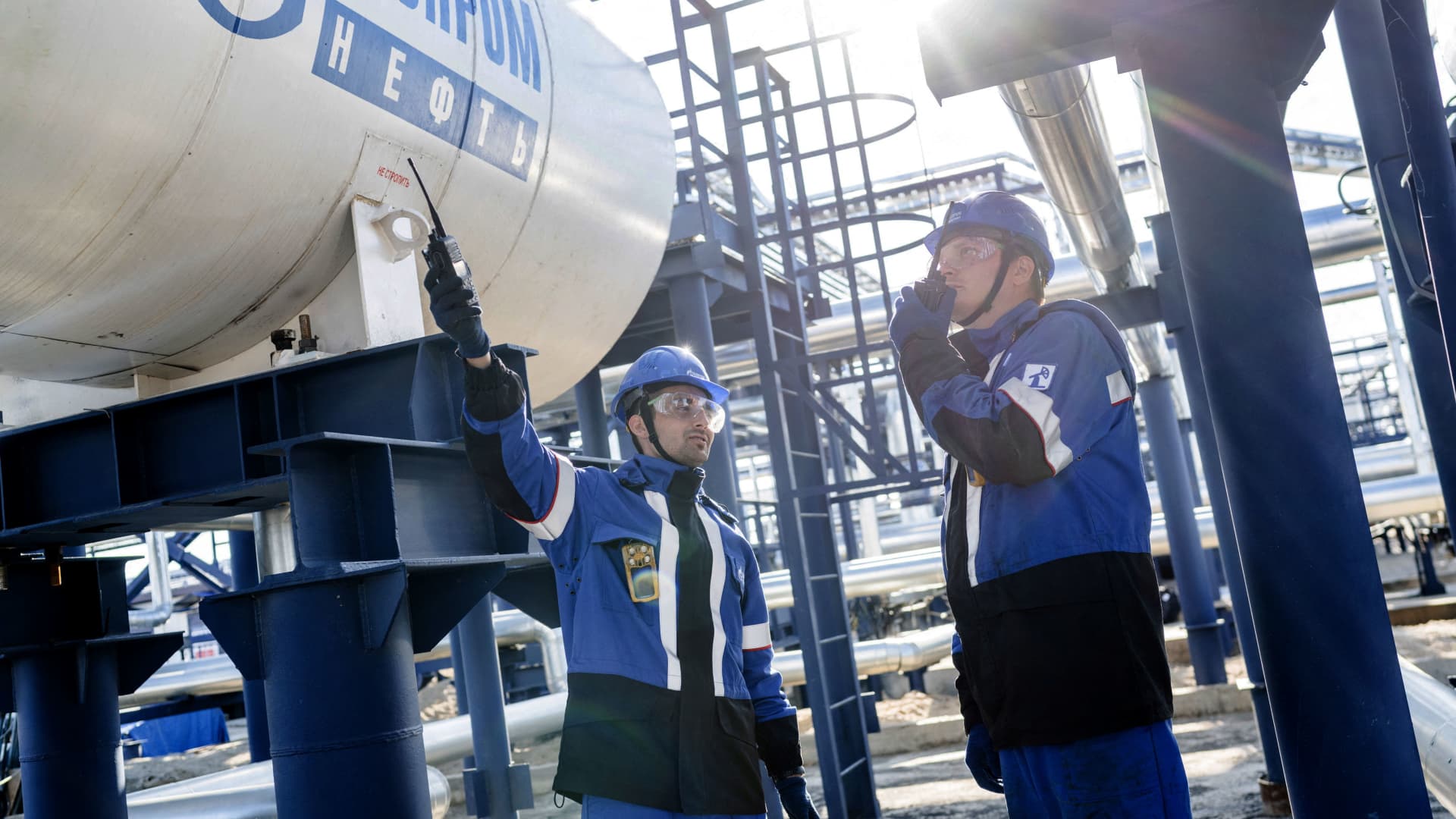Energy
Tuesday, September 13th, 2022 9:27 am EDT

South Africa has been having issues with electricity supply for quite a while now. This has forced Eskom, the national power utility company, to implement load-shedding. The residential sector accounts for about 35% of electricity demand in peak hours in South Africa.
Just like in most parts of Southern Africa, water heating is mostly done through electric resistive heating elements in boilers, popularly known as geysers. These geysers are usually in the form of cylindrical metal tanks housing about 200 liters of water. Water heating accounts for about 40% of most homes’ electricity bill. Increasing the adoption of solar water heating in hot and sunny South Africa is one of the main pathways to help ease pressure on the grid and also save electricity costs for consumers over time. These solar hot water heaters are usually placed on the roofs of the homes.
To incentivize the adoption of solar water heaters and reduce pressure on the grid, in 2008, Eskom initiated a rebate program to encourage homes to switch to solar water heaters. In the “Review of South Africa’s Solar Water Heating Rebate Programme” paper, Theo Covary and Karin Kritzinger say that the program initially targeted 925,000 solar hot water installations by 2013. Eskom’s COP 17 factsheet on the solar water heating rebate program says that, “More than 38,000 high pressure and 84,000 low pressure systems had been rolled out nationally by end of 2011. This resulted in energy savings of approximately 60GWh/annum. The program also had positive effects on employment creation. South Africa’s solar water heating market expanded from a mere 20 suppliers in 1997 to more than 400 suppliers in 2011.” This progress demonstrated initial success in the implementation of the project. 60,000 MWh/annum is quite significant. However, South Africa’s grid is mostly coal-powered, therefore for every GWh saved, 0.99kt of CO2 is avoided, resulting in a saving of about 60kt of CO2 per annum.
Eskom’s fact sheet also says that 156,000 claims for the rebate had been received for systems installed as of the end of September 2011. In the rebate program, discounts varied according to the size of the solar hot water heating system installed and its associated electricity-saving potential. The rebates ranged from R3,280 up to R8,964 ($440 to $1,200 using the exchange rate at the time) depending on the system purchased. The cost of the solar water heating systems ranged from R7,000 to R35,000 ($940 to $4,670 based on the exchange rate at that time) depending on the size, type, and whether they were imported or locally manufactured.
The IEA summarizes quite nicely how the rebate program worked and how it was funded. “The programme was funded by a tariff levied on consumer electricity bills by NERSA (National Energy Regulator of South Africa). Eskom managed the programme through input from a broad range of stakeholders, including local industry, government, NERSA and the Department of Minerals and Energy (DME). Solar water heater purchasers received a direct rebate, after submitting a claim for the rebate to Eskom’s auditors.”
However, Theo Covary and Karin Kritzinger’s paper notes that by 2015, after 7 years, only 102,498 high pressure solar water heater systems, 11% of the original target, had been installed. The program had been suspended by 2016. Despite the original target not being met, 102,498 units is still quite significant. Keep that 102,498 figure in mind, as we will come back to it later on in this article.
Perhaps the rebate program can be re-looked at in light of the continued load-shedding in South Africa. Adapting the rebate scheme for residential battery storage systems could help ease some of the load-shedding. Eskom’s load-shedding program is structured in stages, where Eskom sheds a certain quantum of load from the grid to stabilize the grid. So, depending on the severity of the crisis, load-shedding is implemented in stages from Stage 1 to Stage 8, where Stage 1 sheds 1000 MW of load from the grid and in a Stage 8 scenario, Eskom takes out 8,000 MW of load from the grid. Load-shedding is implemented over 2-hour or 4-hour blocks on a rotational basis depending on the severity of the crises. Stage 8, however, means most consumers will experience a blackout for about 12 hours.
To get a good picture of how powerful the aggregation of residential battery storage systems can be, we can look at what happened in California last week. As Zachary Shahan said in his article: “S&P Global notes that California had approximately 884 megawatts (MW) of power capacity in place from small-scale battery systems at the beginning of August. That’s located at approximately 77,000 homes and businesses, and it supplements ~4,000 MW of utility-scale battery storage capacity. It’s also a perfect example of how a lot of little actions can add up to a big effect.“
Now remember that number of high pressure solar hot water systems installed in South Africa under the rebate program was 102,498? That’s 25,498 more than the 77,000 homes and businesses that potentially contributed 884 MW of power capacity in California last week for a while when the grid was stressed. The leading residential solar home solar and battery storage company in the US, Sunrun, dispatched 18,000 residential battery storage systems every day to help manage the pressure. Local solar companies could help play a similar role in South Africa. We could potentially see similar growth in employment opportunities, just as the solar water heating rebate program helped grow the number of players in the market.
The 884 MW in California is almost enough to help to some extent with Stage 1 load-shedding in South Africa. Let’s say we take the rebate of up to $1,200 for the $4,670 high pressure solar water heater, that’s a rebate of up to 26%. Now if Eskom, NERSA, and the Department of Minerals and Energy could come up with a workable rebate offering up to 26% or similar on residential battery storage, it could supercharge home battery installations in South Africa to a level where these aggregated home batteries could help relieve the pressure for some stages of load-shedding in the very near future. The report from S&P Global notes that California barely had about 200 MW of battery capacity to call on just two years ago, showing that these home battery installations could be ramped up quite quickly. These battery storage systems are also good for homes and apartments that may not have enough space for rooftop solar, allowing more people across the country to get access to home battery systems.
Appreciate CleanTechnica’s originality and cleantech news coverage? Consider becoming a CleanTechnica Member, Supporter, Technician, or Ambassador — or a patron on Patreon.
Don’t want to miss a cleantech story? Sign up for daily news updates from CleanTechnica on email. Or follow us on Google News!
Have a tip for CleanTechnica, want to advertise, or want to suggest a guest for our CleanTech Talk podcast? Contact us here.
Advertisement
This post has been syndicated from a third-party source. View the original article here.




